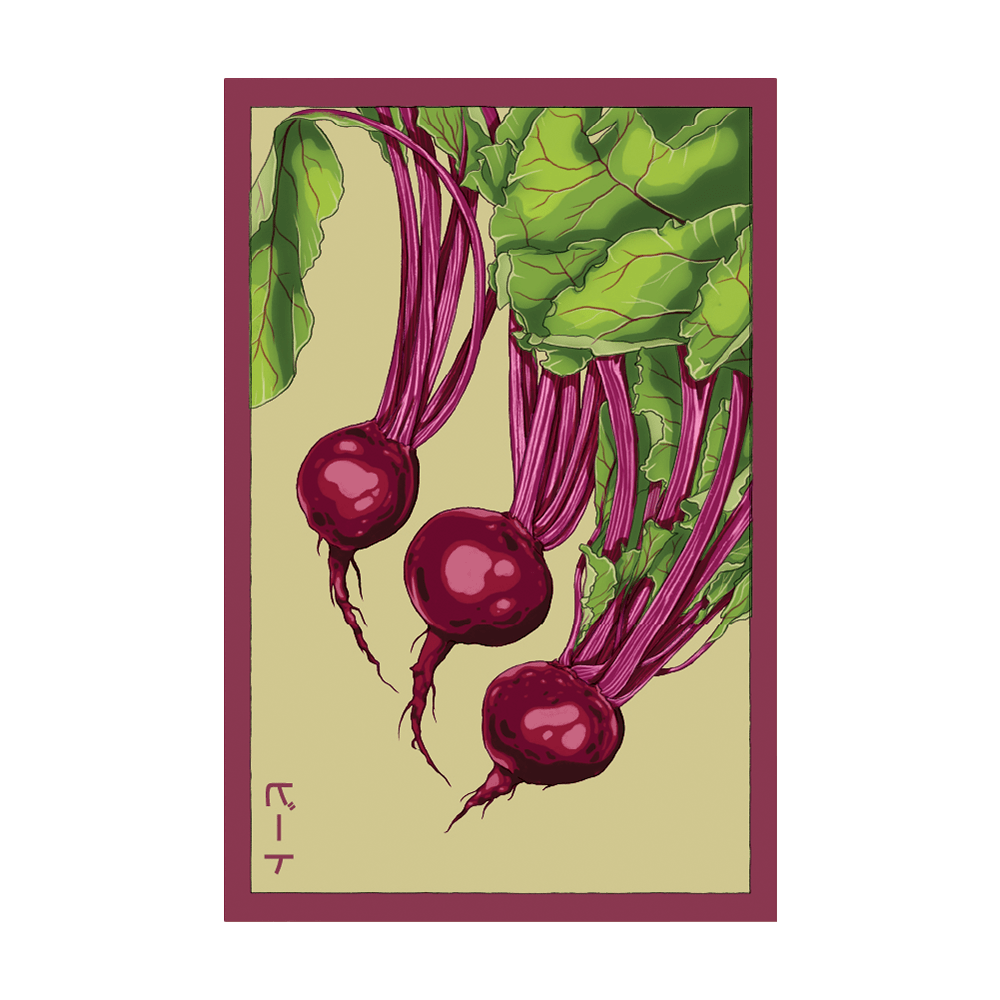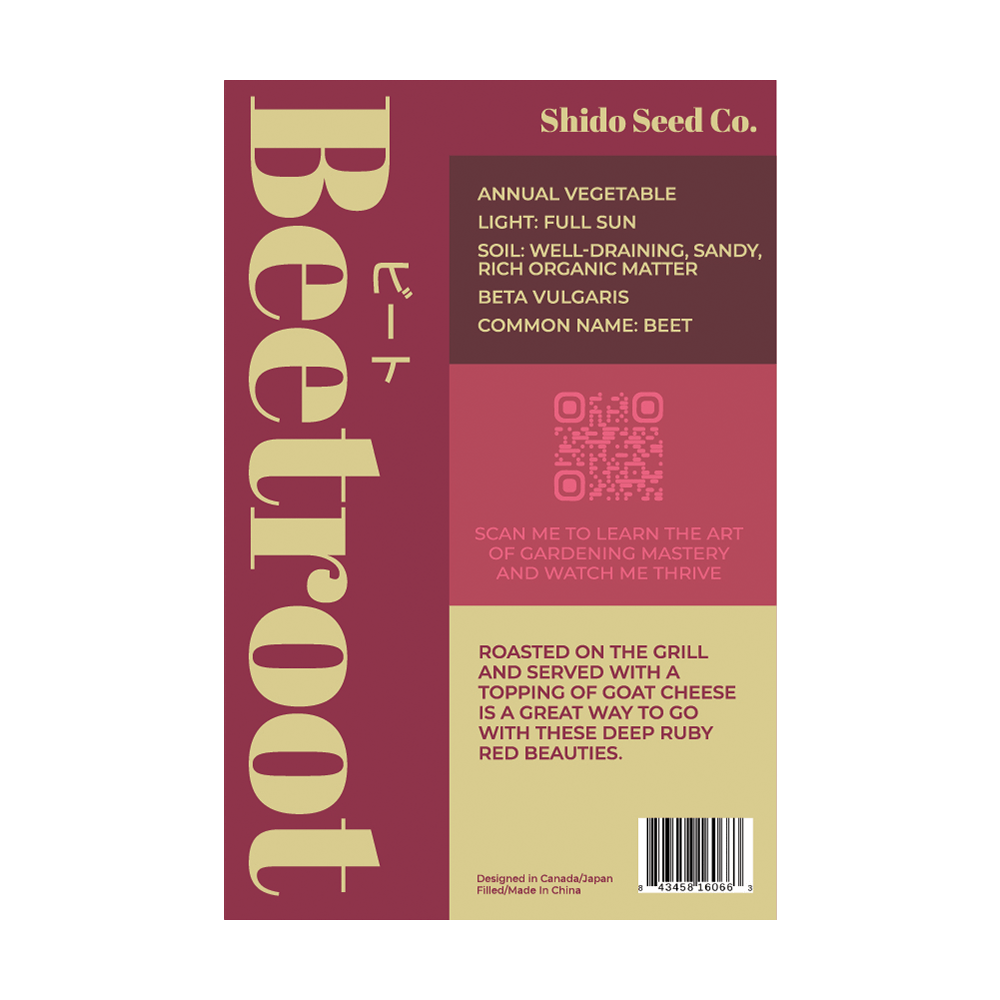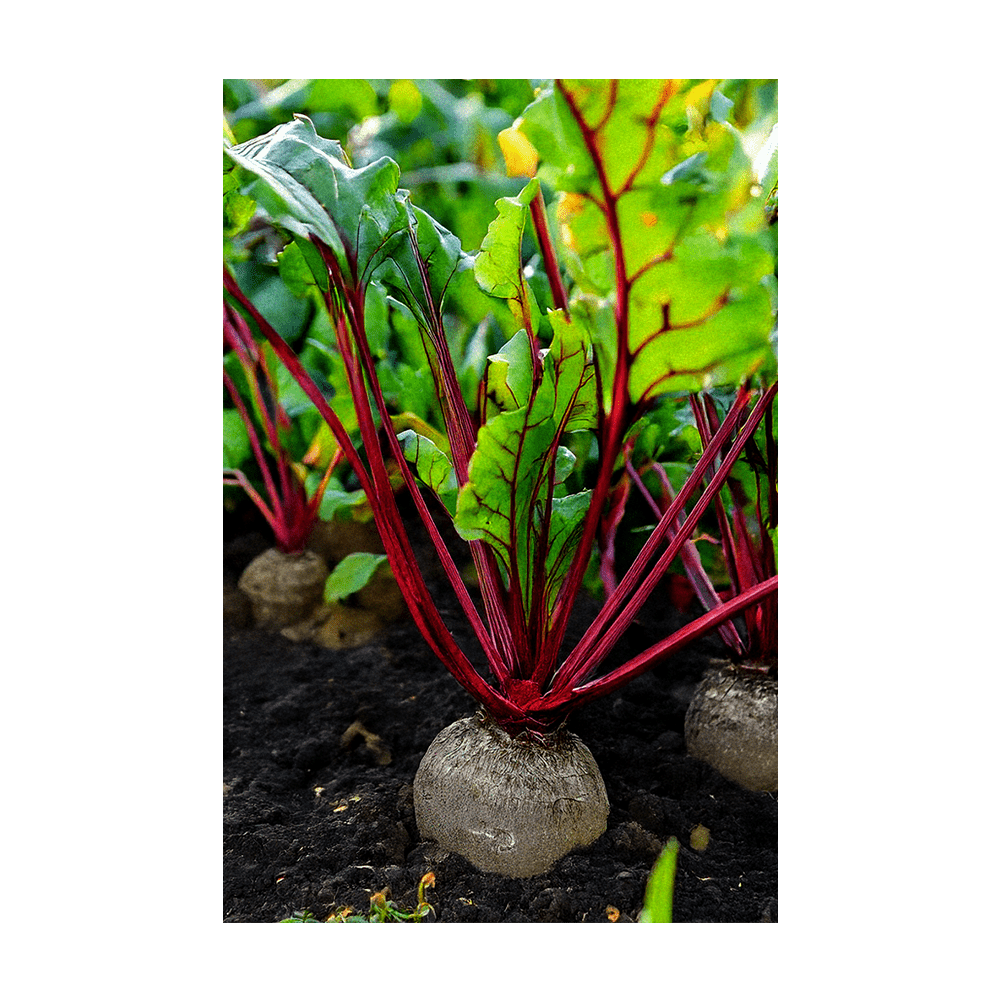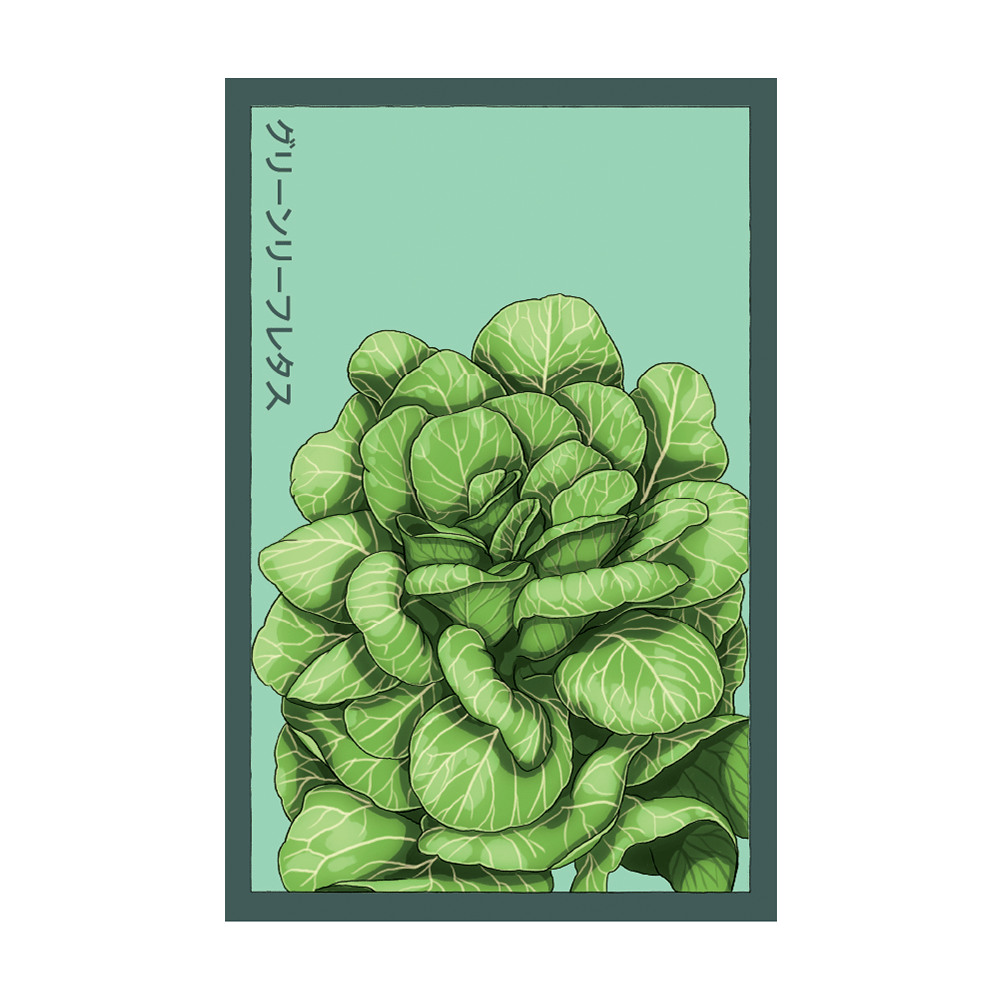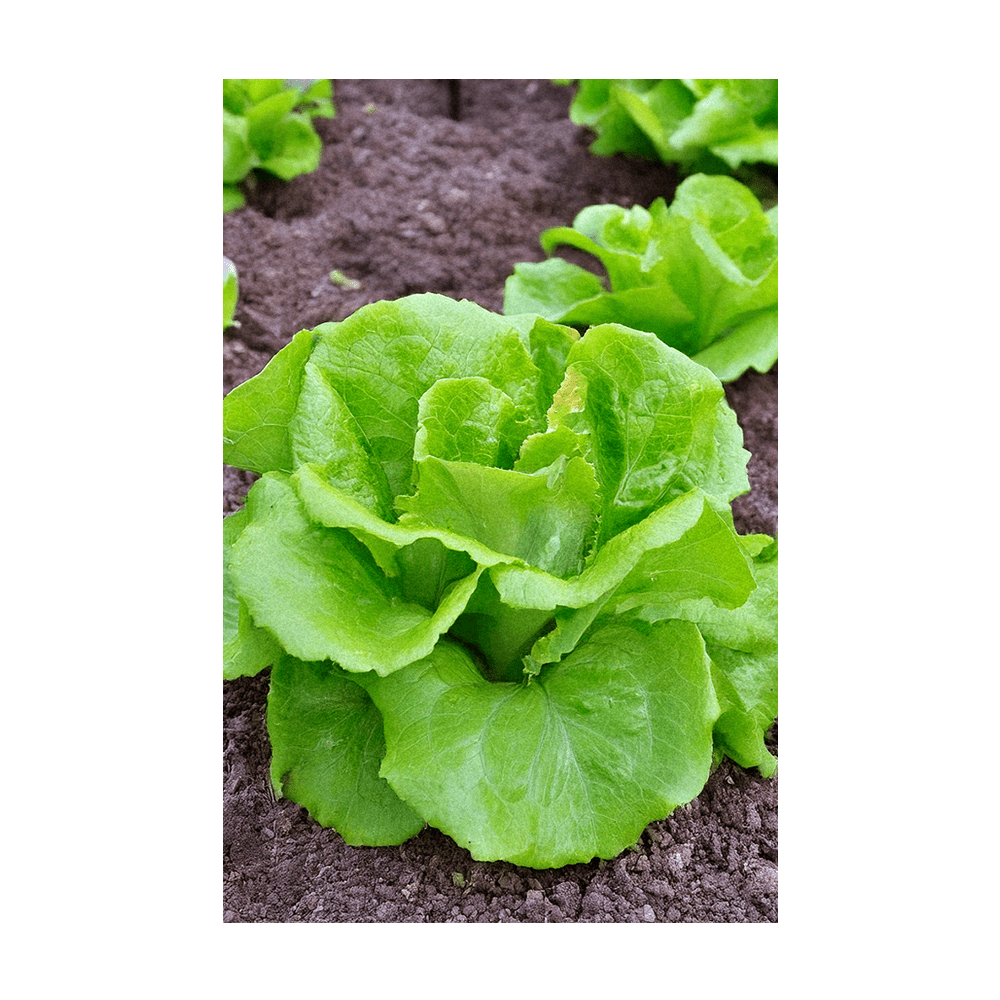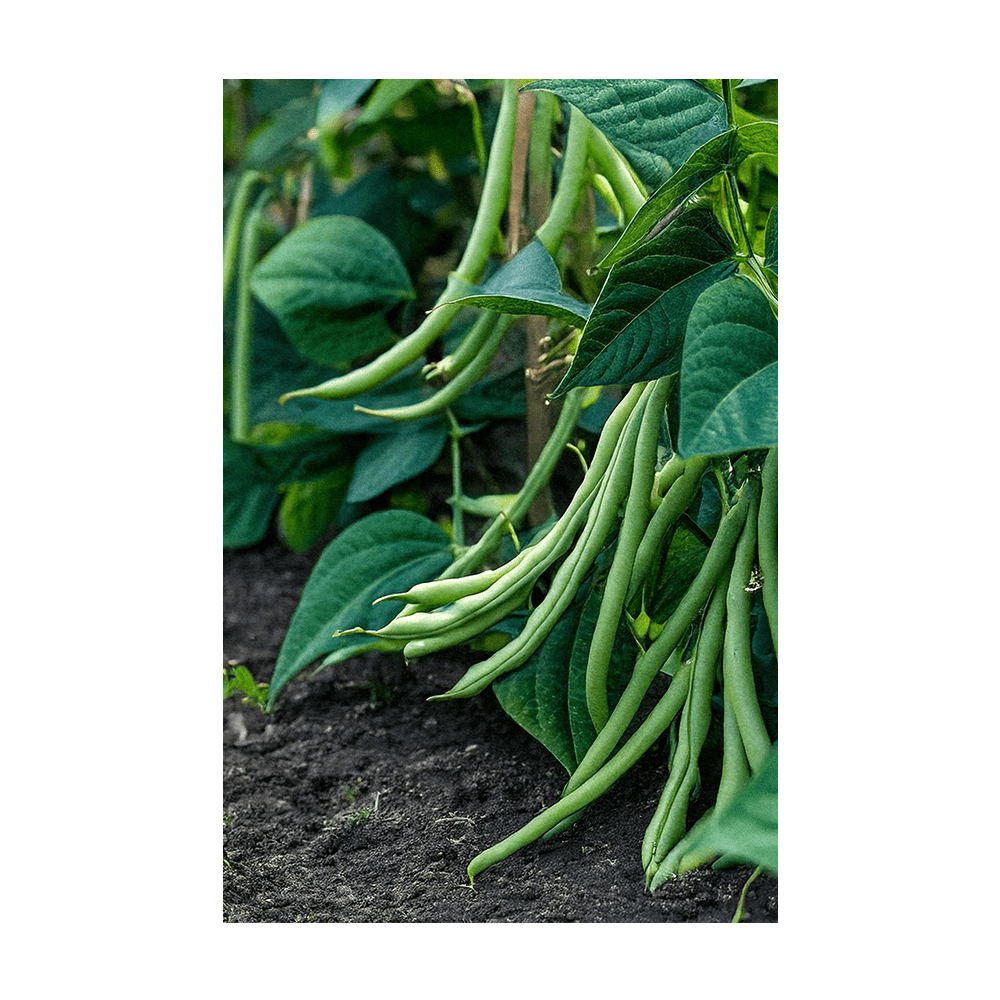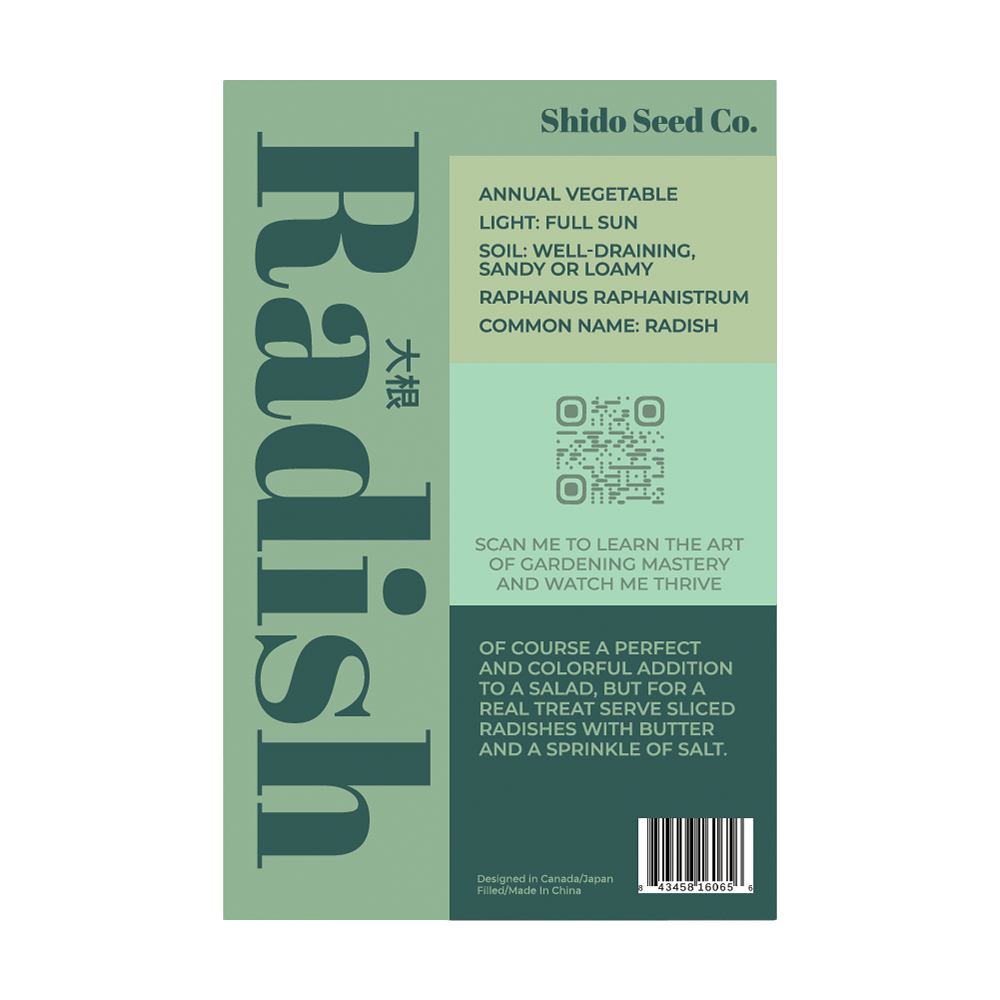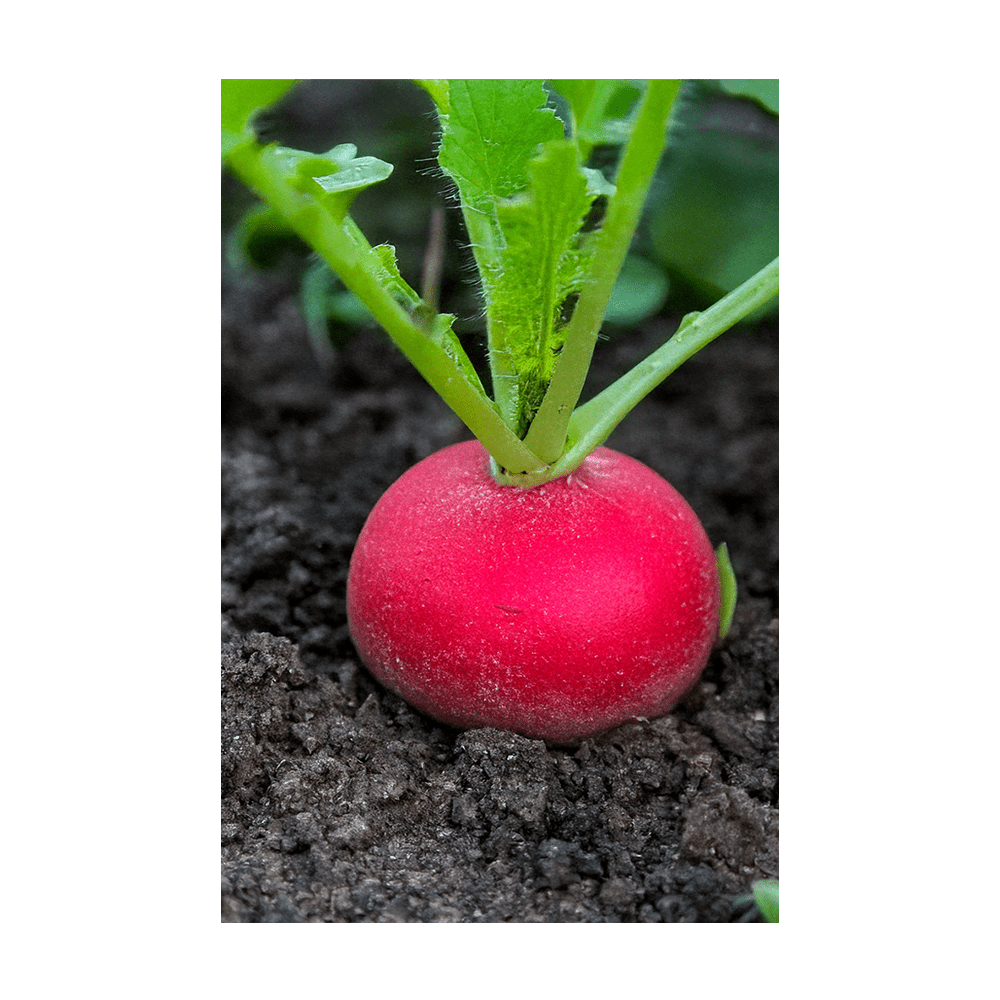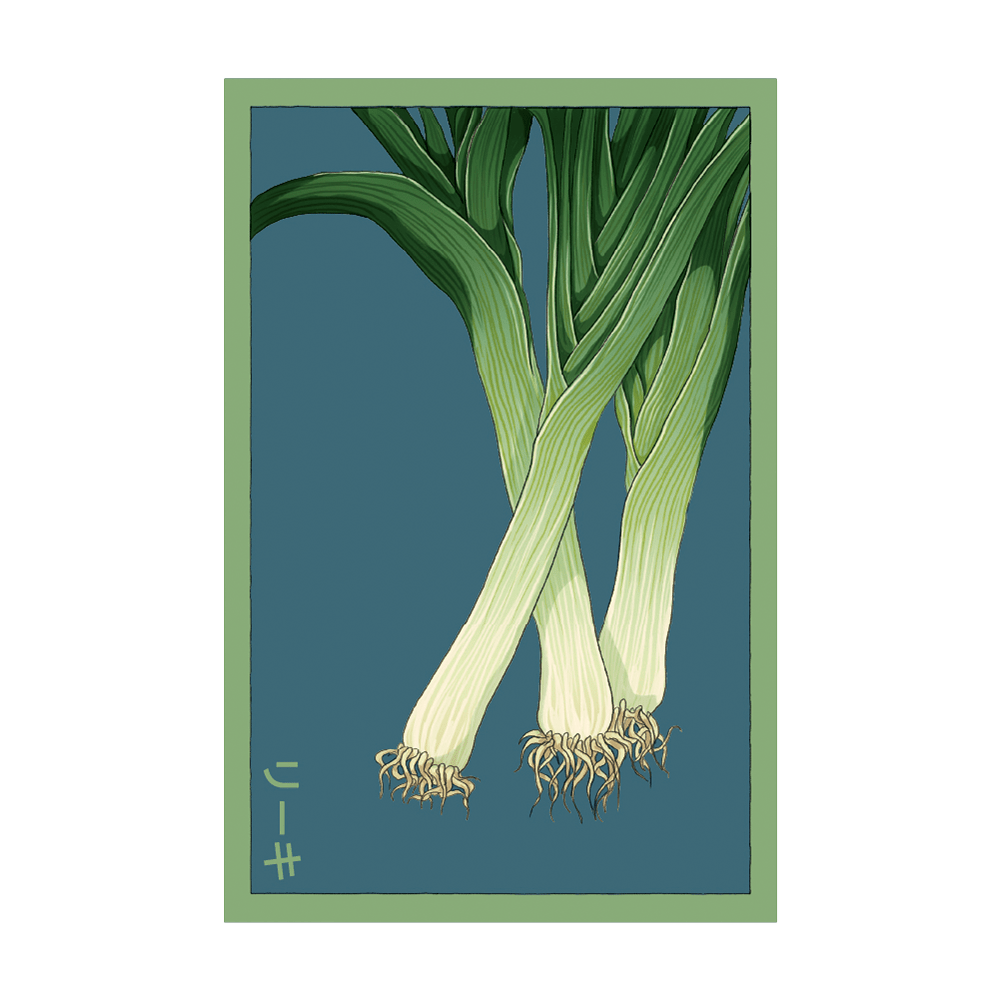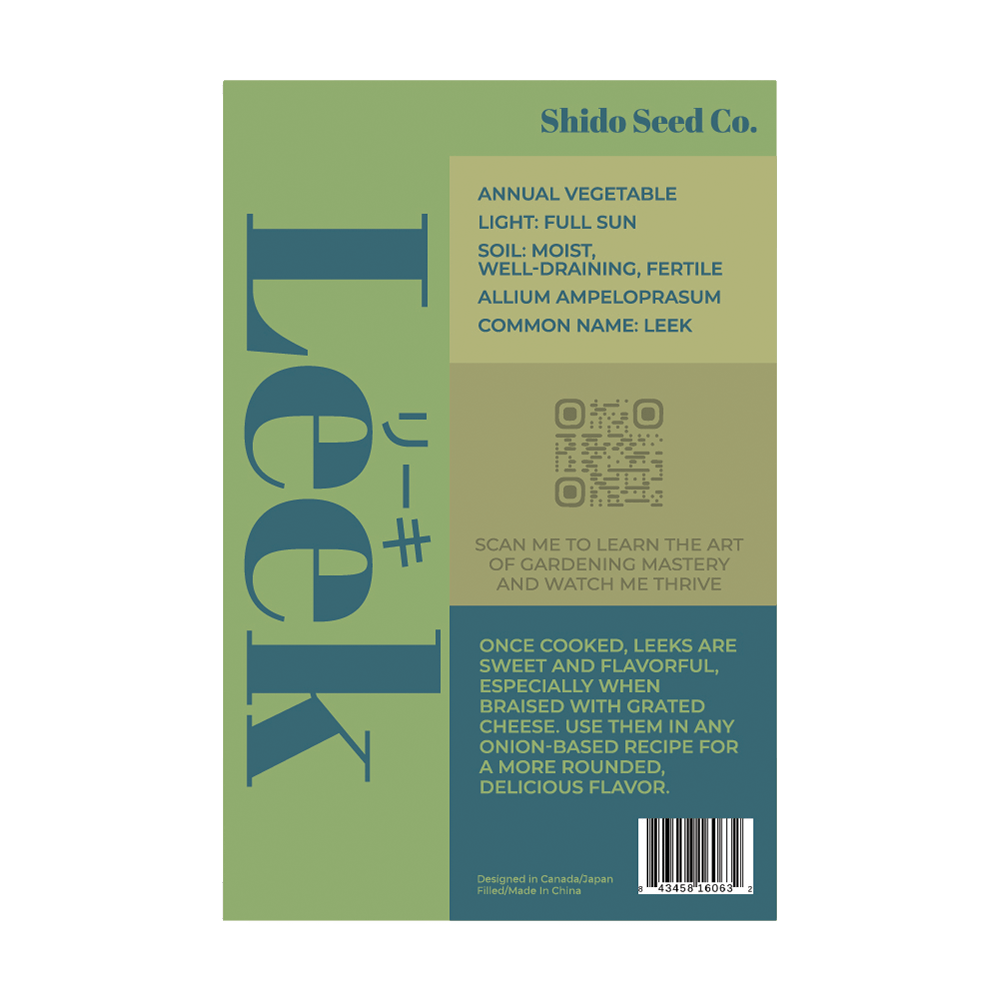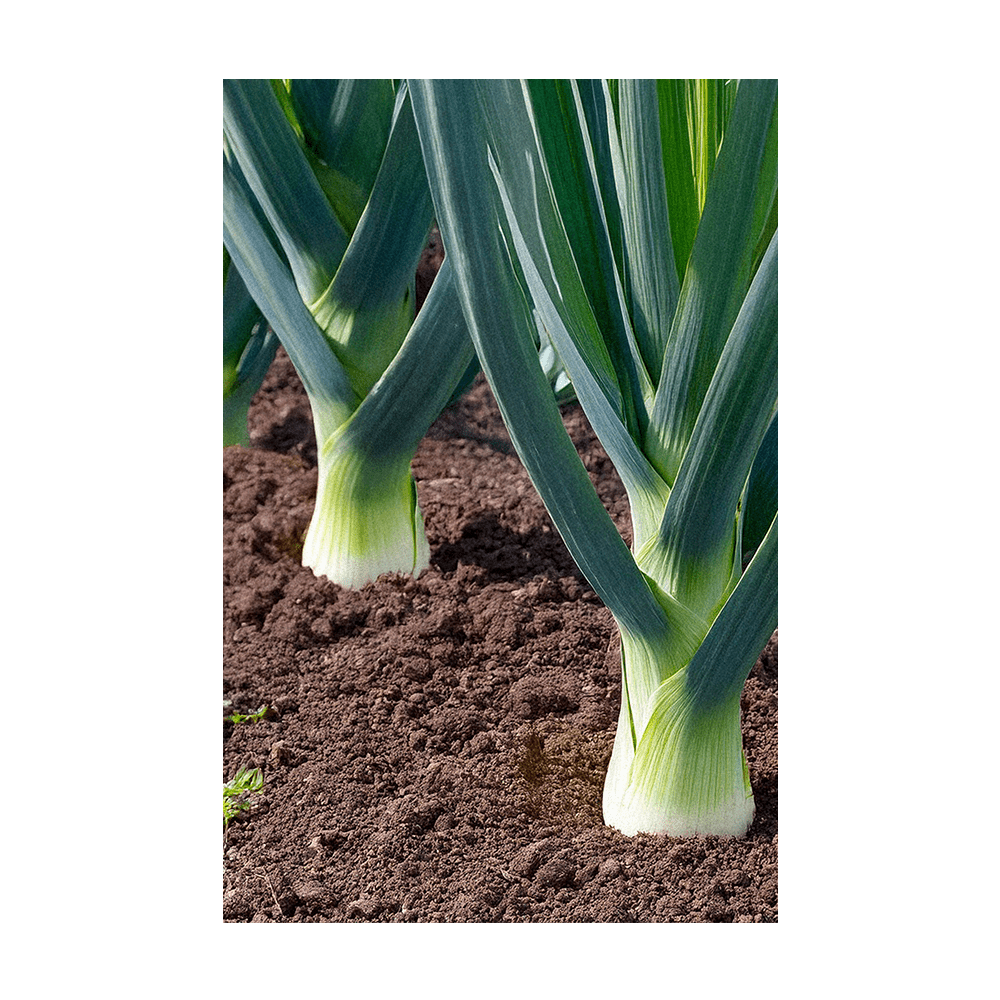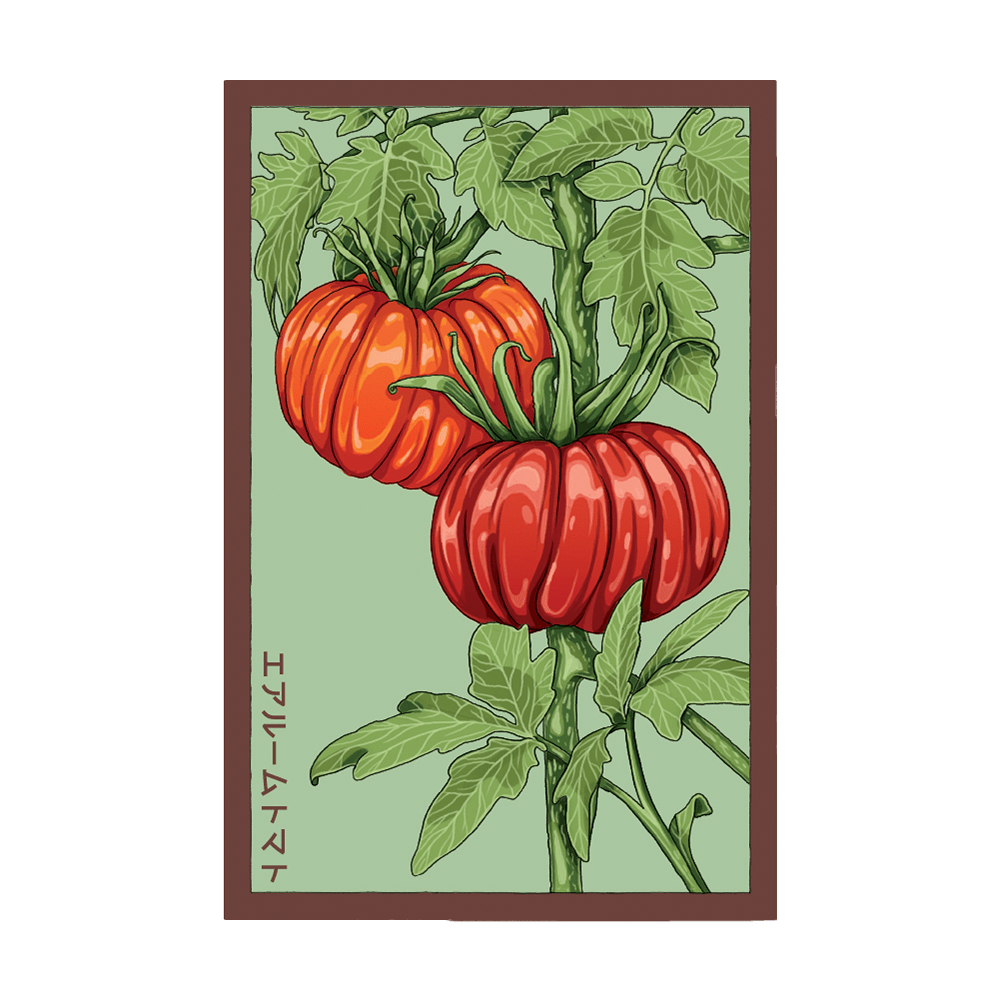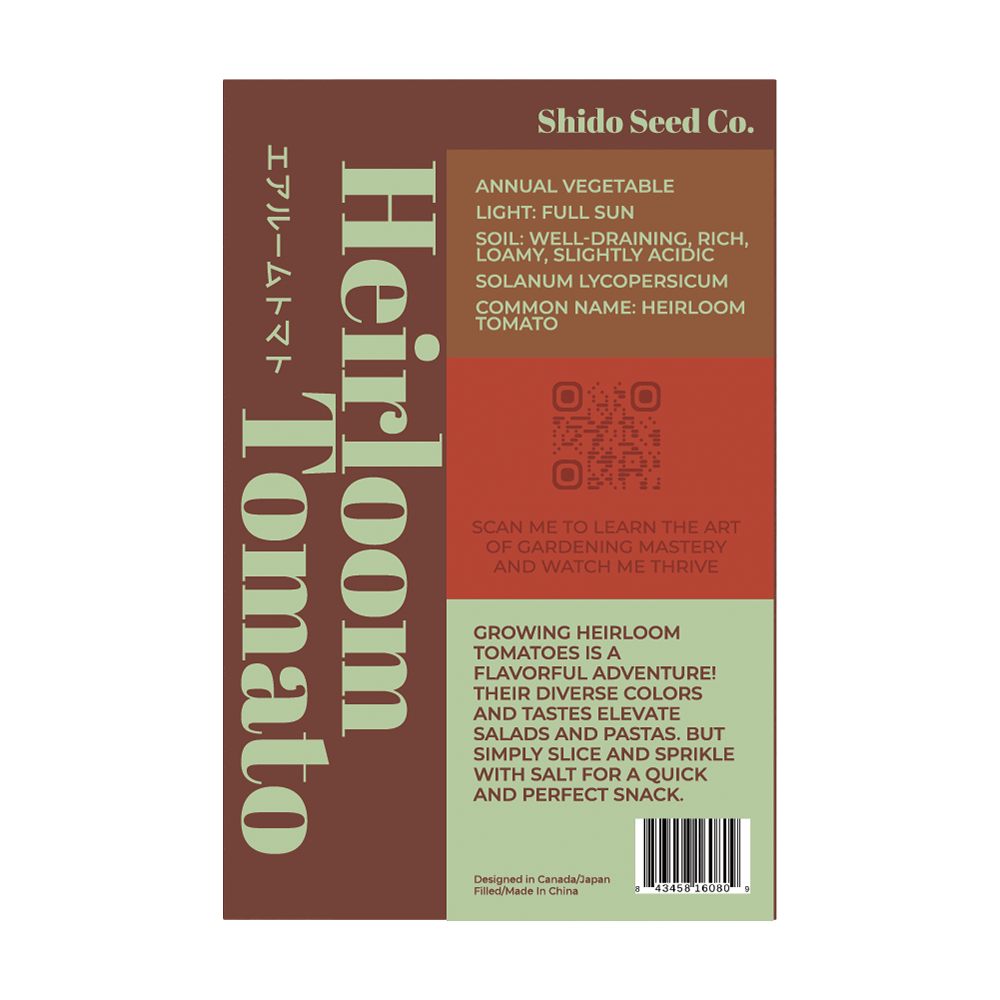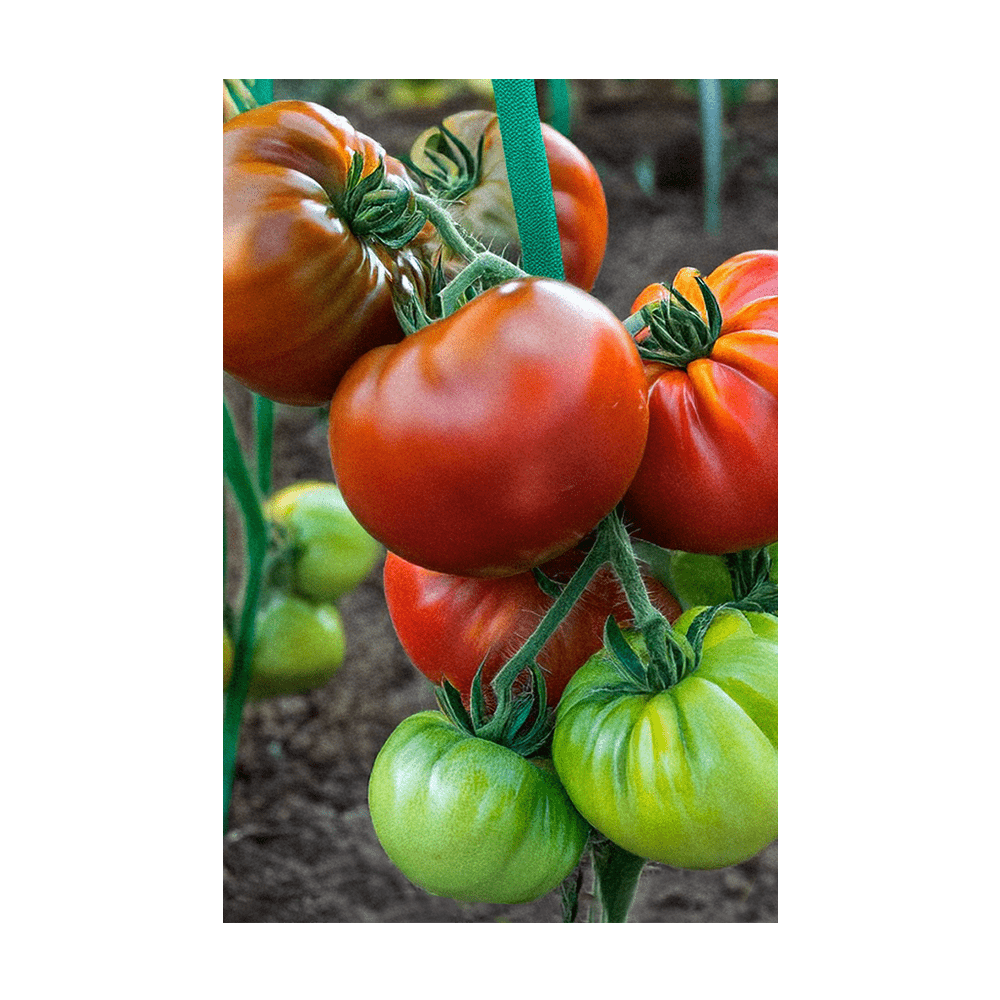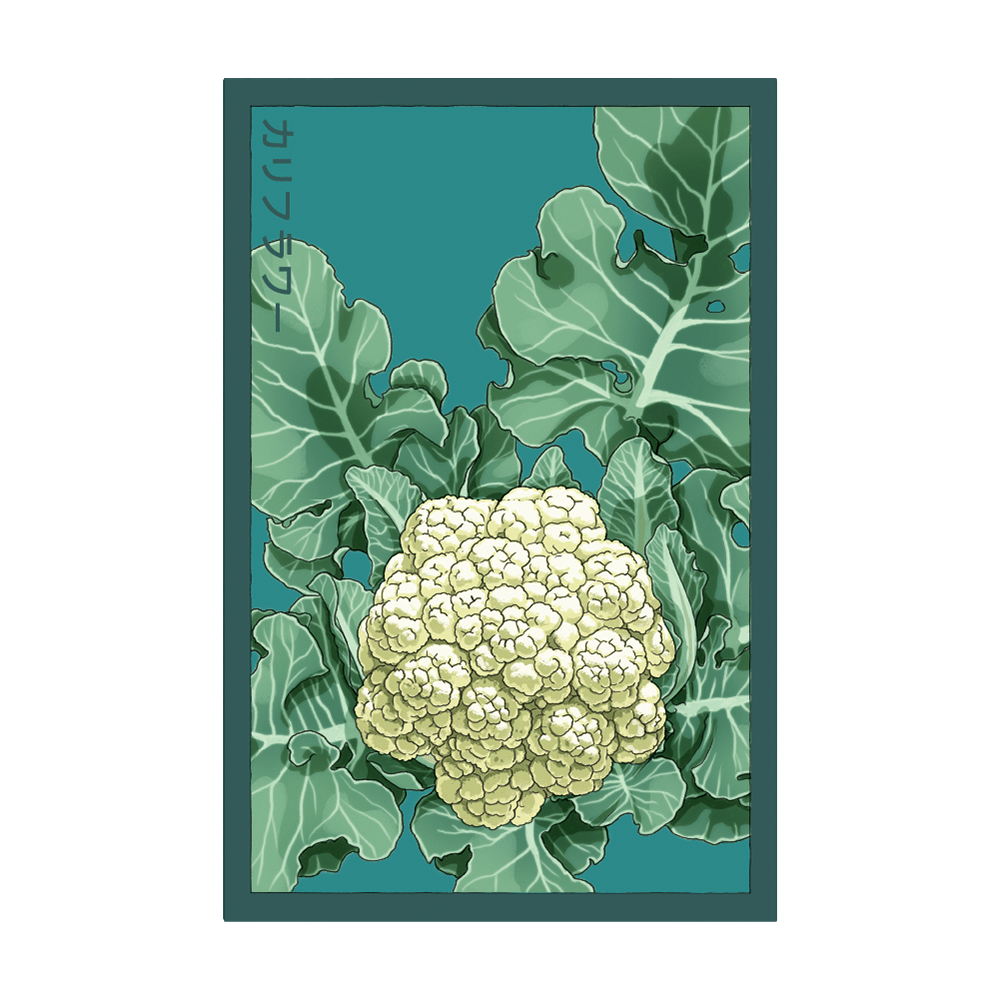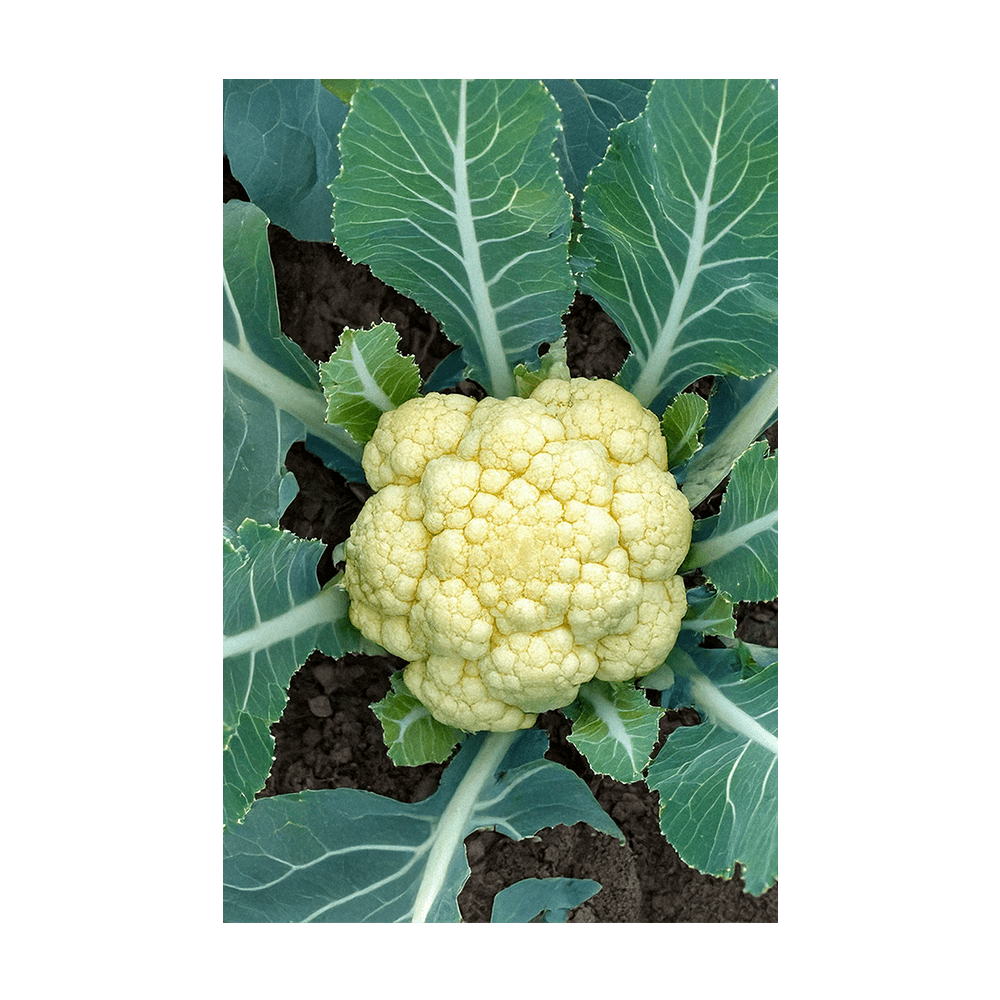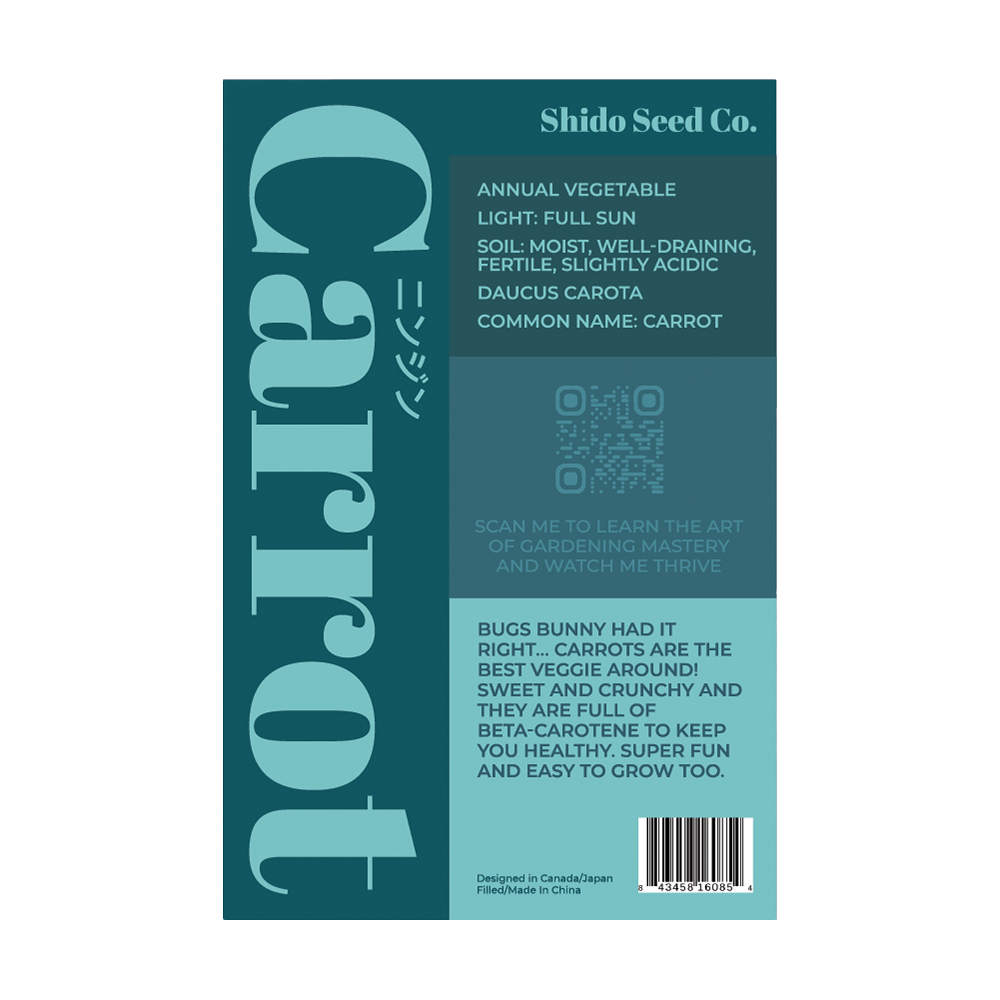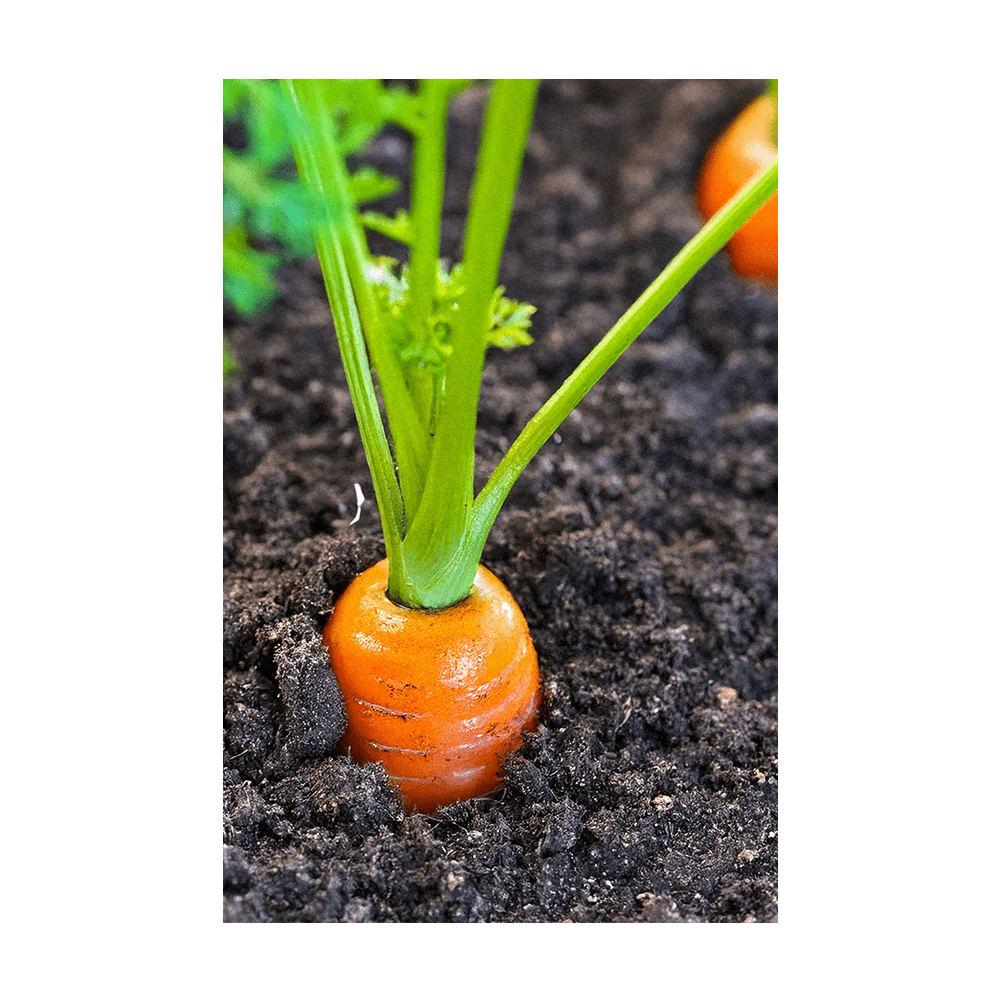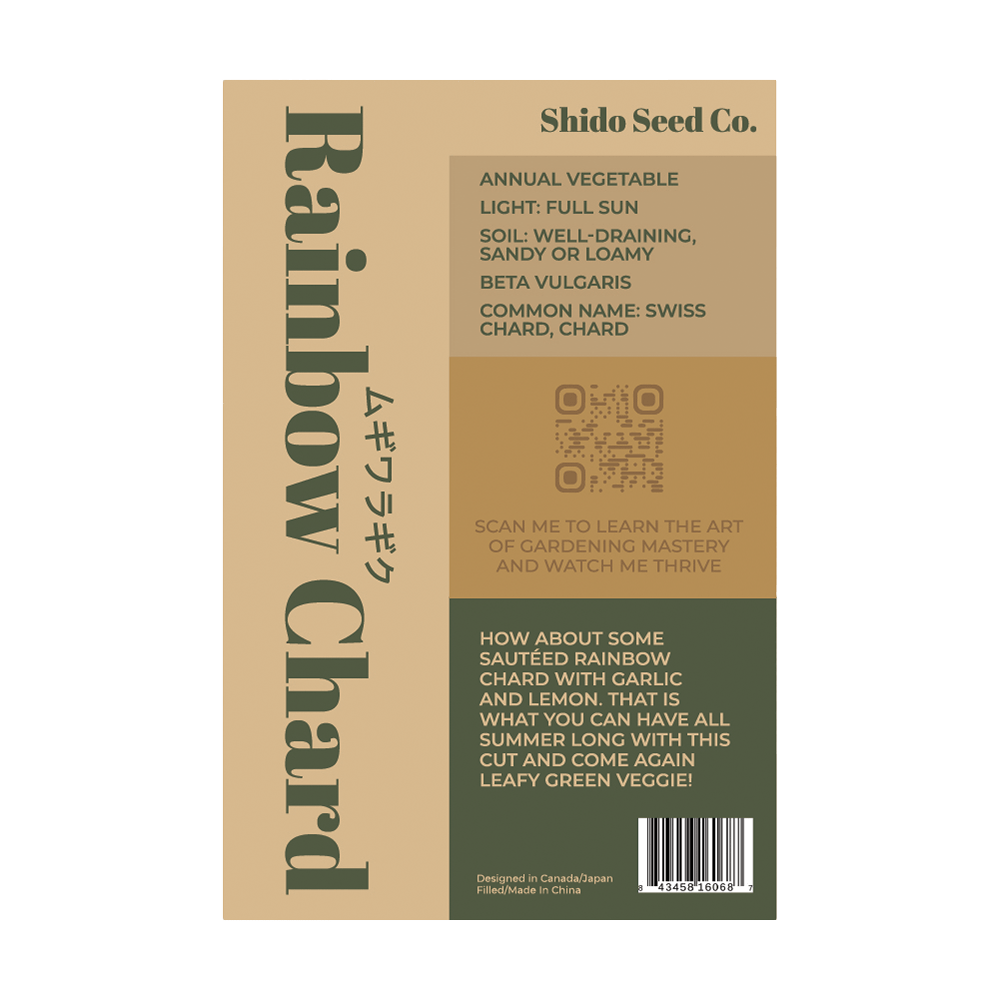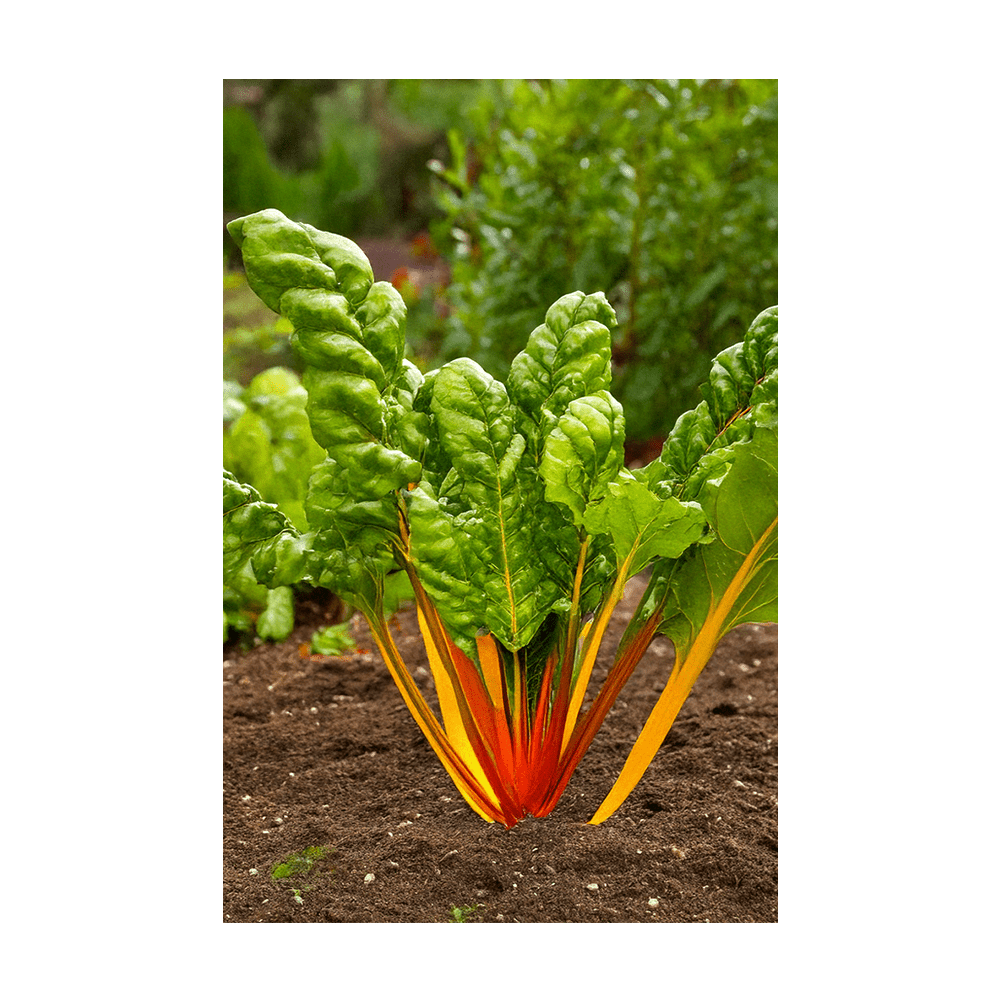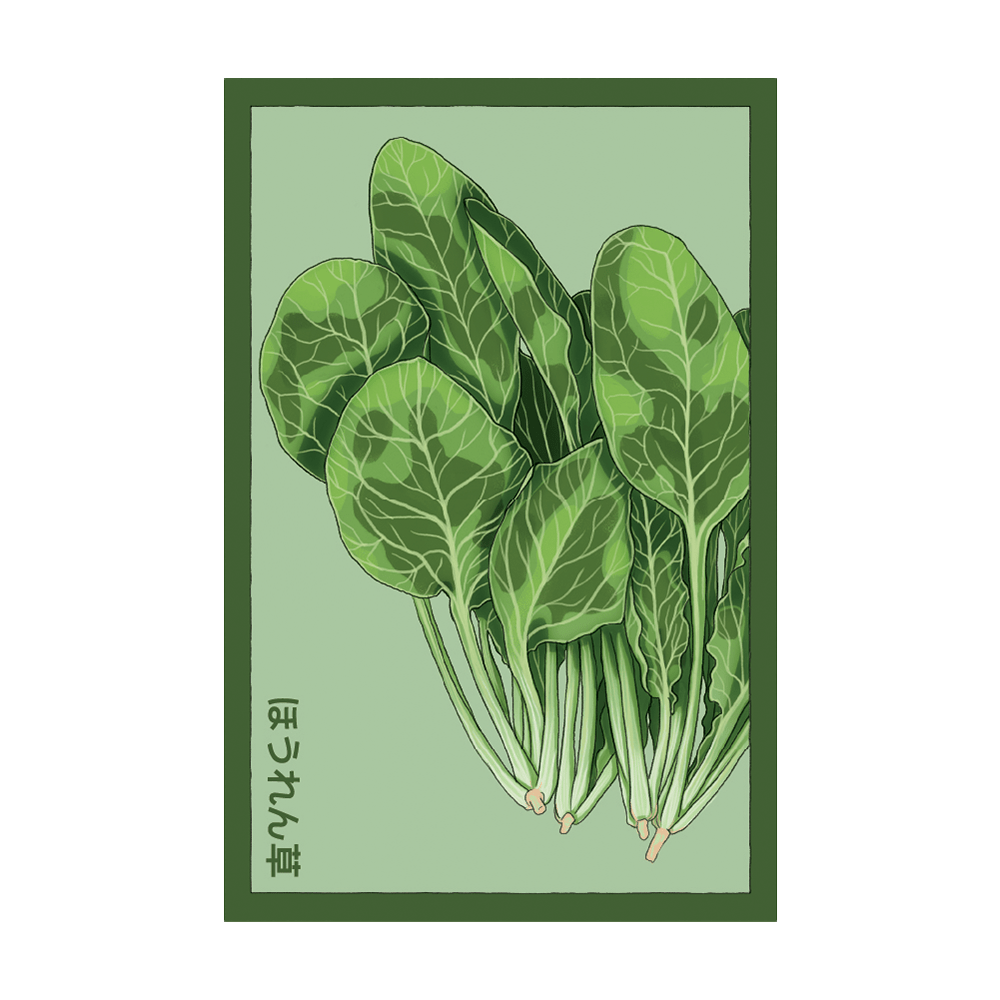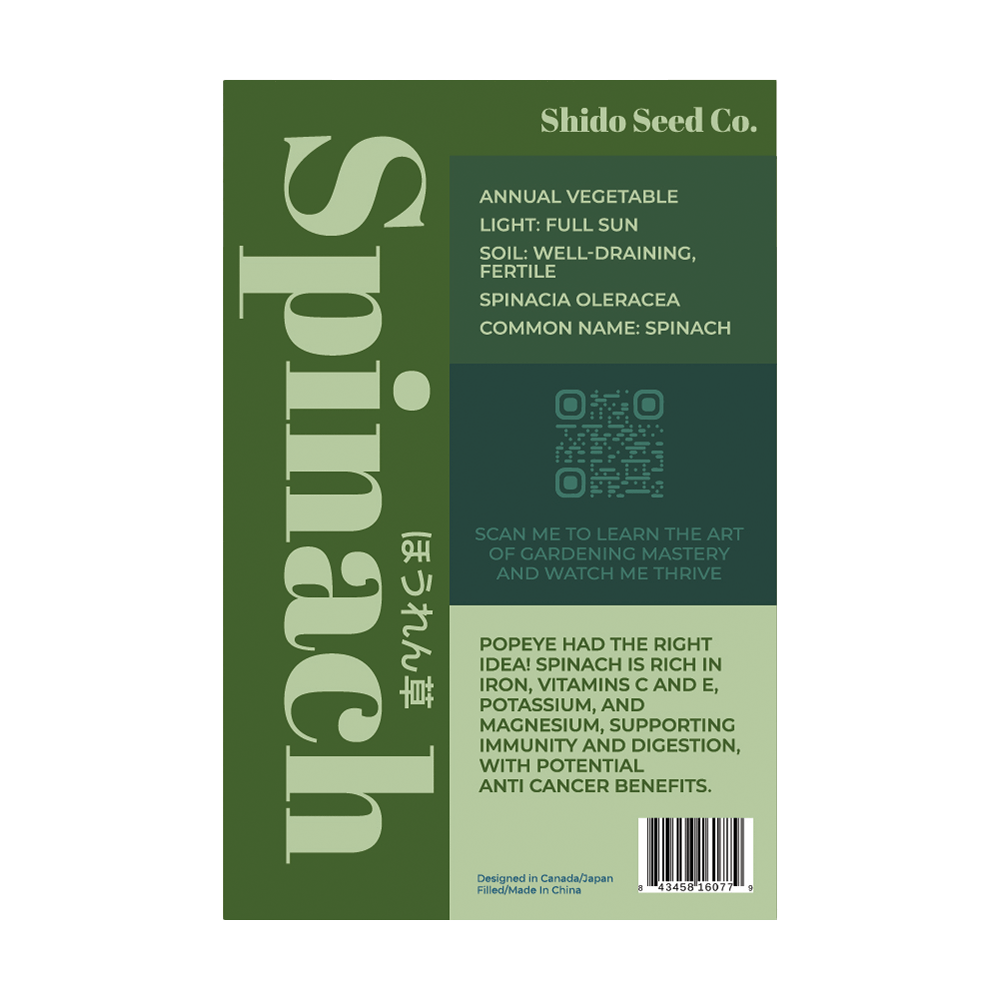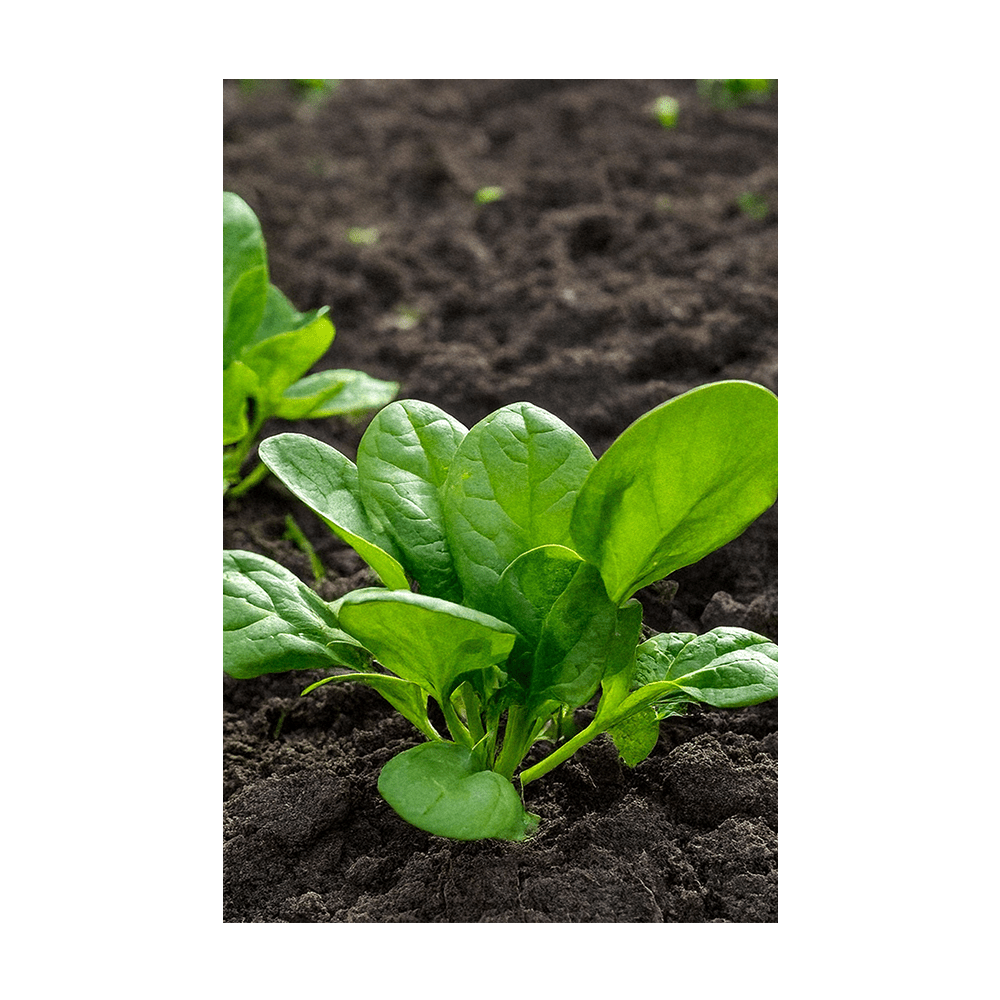Beet Vegetable Seeds Packet
$4.95
Unit price
/
Unavailable
Couldn't load pickup availability
Beets (Beta vulgaris), also known as beetroot, are a nutritious and versatile root vegetable that has been cultivated for centuries. They are grown for their sweet, earthy-flavored roots and nutrient-rich greens. These easy-to-grow vegetable thrive in cool weather and provides both edible roots and greens. With proper soil preparation, consistent watering, and maintanace, they can produce sweet and flavorful harvests throughout the growing season. Whether grown for fresh consumption, juicing, or storage, beets are a valuable addition to any home garden.
We stand by the quality of our flower seed packets! With high germination rates and vibrant blooms, your garden is sure to flourish. If you're not completely satisfied, we’ll replace or refund—guaranteed!
Beet Vegetable Seeds Packet
Why Shido Seeds Are the Best
Our flower and vegetable seeds are beautifully packaged little packets of magic. Guaranteed to turn your garden into the envy of the neighborhood. Get your hands dirty and let nature simply do its thing.
How to Plant Beets from Seed
When to Start Seeds
Preparing for Planting
Planting Seeds
Thinning Seedlings
Pro Tip








